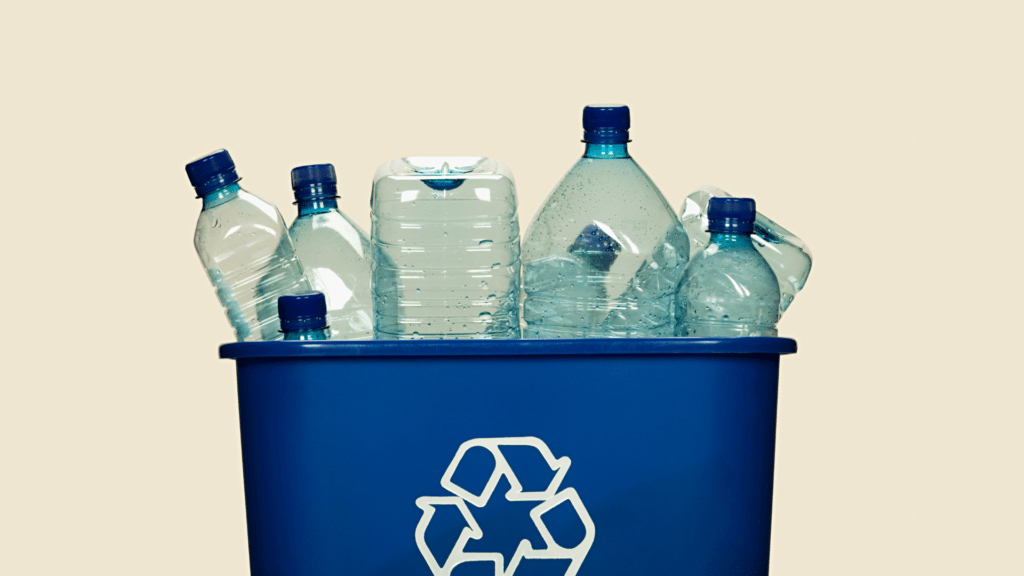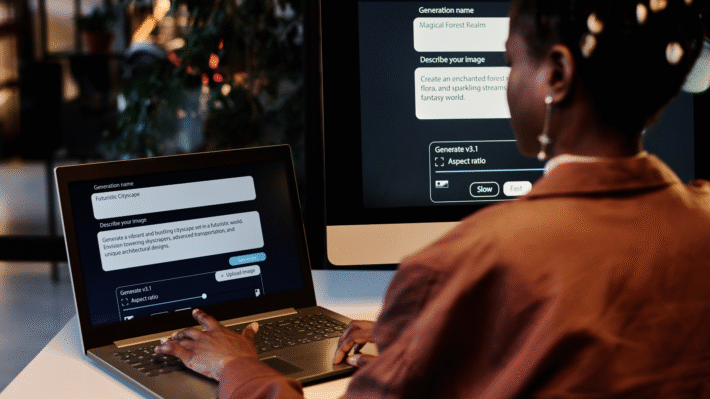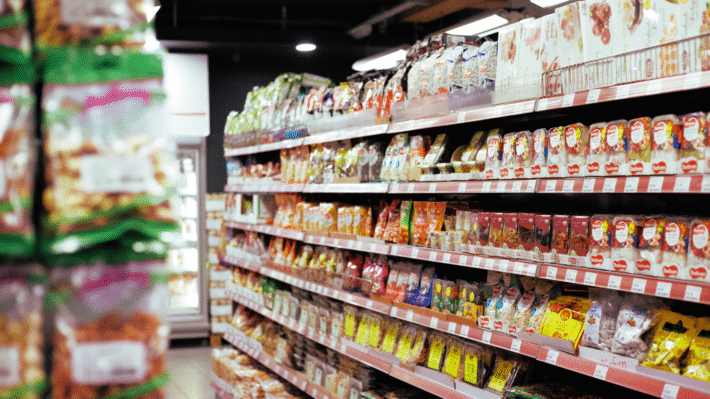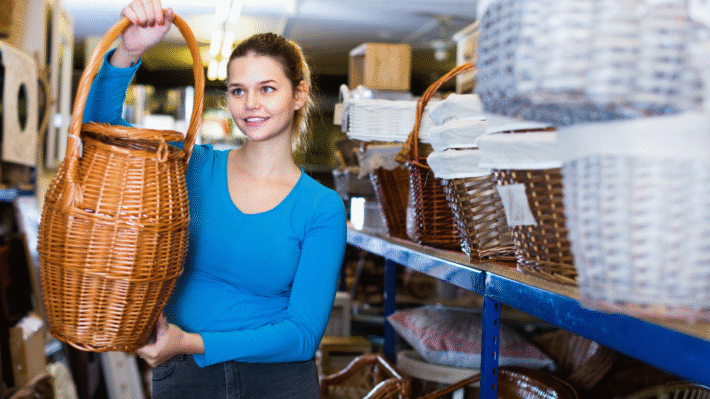Safer Plastic Solutions Replacing Harmful Additives with Sustainable Alternatives

Finding alternatives to harmful plastic additives is no longer just a science project; it’s the future of a safer world! Imagine if every plastic item you touched was free from toxic substances like phthalates and BPA, which are known for causing health problems like endocrine disruption and even cancer. With growing public awareness and regulatory pressures, the demand for safer plastic formulations is at an all-time high.
Understanding the role of plastic additives—such as plasticizers, stabilizers, flame retardants, and colorants—opens the door to innovation. These additives make plastic more flexible, durable, and vibrant but at what cost to our health and the environment? It’s time for manufacturers to embrace change and shift towards safer alternatives that are not only friendly for the planet but also for the people. From bio-based plasticizers like soybean oil to non-toxic stabilizers and natural colorants, the options are as varied as they are promising.
Journey with us as we unveil current alternatives and emerging technologies like green chemistry and nanotechnology that are crafting the next generation of plastics. Overcoming challenges such as cost and consumer acceptance might seem daunting, but through policy interventions and industry collaboration, the future looks bright.
Understanding the Harmful Effects of Plastic Additives
Plastics are everywhere. You see them in toys, bottles, and even your school supplies. But did you know that some of these plastics have harmful things in them called plastic additives? Let’s find out how these additives can be bad for our health and the planet.
Health Risks Posed by Plastic Additives
Endocrine Disruption from Plasticizers
Endocrine Disruption from Plasticizers is a big phrase, but it’s important. Plasticizers make plastics more flexible. But some like phthalates can mess with your hormones. Hormones are like tiny messengers in your body that help everything work right. When plasticizers mess with them, it can cause health issues.
Cancer Risks Linked to Additives
Some plastic additives may increase the risk of getting cancer. This is because they can cause changes in cells that make them grow in a bad way. BPA is one such additive that’s been linked to potential cancer risks. It’s super important to know what’s in the plastics we use.
Neurotoxicity Concerns
Neurotoxicity means something is not good for your brain. Some plastic additives can hurt the way your brain works. Imagine if something made it harder for you to learn or think clearly. Heavy metals in plastics can cause these problems, and that’s why it’s critical to find safer options.
Reproductive Health Issues
Reproductive health is about making sure future generations can be healthy. Certain plastic additives can harm that. They might make it harder for people to have babies in the future. This is something everyone should be concerned about.
Environmental Impact of Plastic Additives
Plastic additives don’t just affect people — they also hurt the environment. Let’s learn how.
Pollution from Plastic Additives
Plastic additives can lead to pollution. When plastics break down, they can release harmful chemicals into the soil and water. This is bad for plants, animals, and even us as these chemicals can come back to our food and water.
Bioaccumulation in Ecosystems
Bioaccumulation happens when small creatures eat something harmful, then bigger animals eat those small creatures, and it keeps building up. Over time, this can hurt entire ecosystems. Fish, birds, and other wildlife can all be affected by the toxic chemicals from plastic additives.
Understanding how these plastic additives affect us and the environment helps us see why finding safer alternatives is so important. We need everyone to care because it’s not just about today but also about keeping our world safe and healthy for tomorrow.
Current Solutions: Safer Alternatives to Toxic Additives
In our quest for safer plastic formulations, it’s crucial to take a closer look at safer alternatives to those harmful plastic additives. Let’s dive into the world of bio-based plasticizers, non-toxic stabilizers, and safer flame retardants. These solutions are paving the way for a brighter and healthier future!
Bio-based Plasticizers as Safe Alternatives
Bio-based plasticizers are stepping in as the heroes of the plastic world. Unlike their toxic counterparts, they are made from natural materials. Let’s explore a few of these safer choices.
Utilizing Soybean Oil
Soybean oil is like having a trusty friend in your corner. It’s a renewable and eco-friendly option. Soybean oil plasticizers help make plastics more flexible. They do this without making a mess of our health or the planet. Now, that’s something to smile about!
Citrates as Plasticizers
Citrates are another big player in the bio-based world. Found naturally in citrus fruits, citrates are non-toxic and effective. They help make plastic products bendy without any harmful side effects. This means safer toys, food packaging, and more.
Non-Toxic Stabilizers
Once we’ve got our plastic nice and flexible, we need it to last, too. That’s where stabilizers come in. But remember, not all stabilizers are created equal.
Calcium-Zinc Stabilizers
Calcium-zinc stabilizers are the good guys in plastics. They keep the plastic from breaking down over time, and they’re safe for people and nature. You might find them doing a great job in plastic pipes and even cable coatings.
Safer Flame Retardants
Fire safety is a serious business! We need our plastics to be safe from flames. But do we have to sacrifice health for it? Not at all!
Phosphorus-Based Compounds
Phosphorus-based compounds are making flames less scary. These chemicals stop plastics from catching fire without putting our health at risk. They’re sound choices for electronics and building materials.
This is a note about the text: Read more about Bio-based Plasticizers
These safer alternatives to toxic additives show promise for the future. Choosing bio-based plasticizers, non-toxic stabilizers, and safer flame retardants means saying yes to a healthier and greener planet. Remember, by understanding and using these cutting-edge solutions, we can protect both people and our environment.
Stay tuned for more insights into how innovative technologies are shaping the future of plastics.
Innovative Technologies in Safe Plastic Formulations
Green Chemistry in Plastic Manufacturing
Green chemistry is changing the way we make plastics! It helps make plastics with no harmful additives. This means safer items for us and the planet! Green chemistry uses friendly methods that don’t hurt nature. By using bio-based materials, like soybean oil and natural fillers, plastics are more eco-friendly. Learn more about green chemistry principles.
The Role of Nanotechnology
Small things can have a big impact! Nanotechnology deals with tiny particles that help make plastics stronger and safer. They can remove or reduce the need for toxic additives. By using nano-materials, plastics can become lighter and more durable. Researchers are finding new, safe ways to enhance plastics using nanotechnology. Visit this resource on nanotechnology and plastic to know more.
Smart and Functional Plastics
Smart plastics are like super heroes with cool powers!
Self-Healing Plastics
Imagine a plastic that can fix itself if it gets a scratch. That’s self-healing plastic for you! These smart plastics can repair themselves, which makes things last longer. That means less waste and fewer replacements. These plastics are a big win for the environment!
Self-Extinguishing Plastics
Self-extinguishing plastics can stop themselves from catching on fire. This makes them very safe to use in many things we see every day. They work without needing toxic flame retardants, making them a safer choice for people and the planet.
Implementation of Closed-Loop Recycling Systems
Closed-loop recycling is like a magic trick for plastics. It keeps plastics going round and round without making new waste. This system means used plastics get recycled and turned back into new products. It helps keep plastic out of landfills and reduces the need for new materials. Closed-loop recycling is a key part of a sustainable future and makes plastic use much smarter. For more information, check out closed-loop recycling systems and how you can help!
These innovative technologies are making a real difference. By swapping out harmful additives for safer alternatives, we’re taking huge steps toward a healthier world. Let’s support these efforts for a plastic that’s friendly to us all!
Challenges in Replacing Toxic Plastic Additives
Finding Alternatives to Harmful Plastic Additives can be tricky. Let’s explore some Challenges we face when trying to replace those nasty additives with better options.
Cost and Performance Trade-offs
Cost and performance trade-offs are a big deal when it comes to new and safer plastic additives. It’s like choosing between eating broccoli or chocolate cake – both have their pros and cons.
- Higher Prices: New, safer additives like bio-based plasticizers can cost more. This can make it tough for companies to switch.
- Performance Issues: Sometimes, safer additives don’t work as well as the older ones. It’s like using a crayon instead of a fountain pen for fancy art.
Regulatory Inertia
Regulatory inertia is another hurdle. Imagine trying to move a really big boulder uphill without running out of energy.
- Slow Changes: Rules on plastics can take forever to change, even if everyone knows they need an update. It’s like a traffic jam that just won’t budge.
- Global Variations: Different countries have different rules. It’s like a world where some places drive on the left side of the road and others on the right.
Consumer Acceptance
The last challenge deals with consumer acceptance. It’s all about getting people to like and use the safer products.
- Unfamiliar Additives: People can be hesitant to try unfamiliar products, even if they’re safer. It’s like convincing someone to try a new vegetable for the first time.
- Misinformation: Consumers may have heard wrong info about new plastics. It’s essential to provide clear and easy-to-understand facts, like how safe additives are better for their health and the world.
Switch to safer plastic formulations, and we’re already on the right track! Check out this place Safe Plastic Alternatives for more info.
Strategies for a Safer Plastic Future
When it comes to plastic products, finding safer ways to make them is super important. Here, we look at some smart strategies to make plastics safer for both us and the Earth.
Policy and Regulatory Interventions
Policies are like rules that help keep us safe. When rules are strong, they stop harmful things from getting into our plastics. Regulations tell companies what is safe and what is not, so they don’t use bad stuff in plastics.
- Make Strong Laws: Laws need to be strong enough to make sure companies don’t use harmful additives.
- Regular Check-Ups: Regulators should regularly check if companies follow rules.
- Clear Guidelines: Guidelines should be easy for everyone to understand so companies can follow them without confusion.
Best Practices in Industry
Industries are like big machines that make things. They must follow best practices to ensure plastics are safe.
- Innovate with Safe Materials: Use materials that are not harmful to people or the environment.
- Continuous Training: Train employees to know the best and safest ways to make plastic products.
- Use Efficient Processes: Adopt processes that reduce waste and avoid pollution.
Investment in R&D
Research and Development (R&D) is like being a detective and figuring out how to make things better.
- Finance Creative Ideas: Invest money in new ideas that can make plastics safer.
- Collaborate with Scientists: Work with scientists to discover new, safer materials.
- Test, Test, Test: Keep testing new materials and methods to ensure they are safe before using them widely.
Consumer Engagement and Education
Consumers are everyone who buys and uses plastics. When they know more, they can make smarter choices.
- Inform the Public: Teach people about which plastics are safe and which are not.
- Listen to Feedback: Hear what consumers say about products, and improve them.
- Encourage Smart Buying: Help people choose products that are not only good for them but also for the environment.
In conclusion, creating safer plastic materials means working together—governments, industries, scientists, and consumers all have a role to play. By using strong policies, best practices, investing in research, and educating consumers, we can have a much brighter, safer plastic future. Want to know more? Check out this amazing resource for more information on reducing harmful plastic additives.
Success Stories and Future Prospects
Case Studies in Food Packaging
Plastic is everywhere, especially in food packaging. But here’s a neat trick some companies are using. They’re switching to safer, bio-based alternatives. One cool example is companies using plant-based materials to wrap food. This way, our sandwiches and snacks stay fresh without harmful additives like phthalates. Read more about bio-based packaging.
Innovations in Electronics Industry
The electronics industry is also making big strides. Gadgets like phones and laptops need plastic, but nobody wants nasty additives. Innovators are using non-toxic flame retardants in devices. This means products are still safe from fires without harmful chemicals. Say goodbye to bad plastics and hello to safer gadgets.
Advancements in Medical Plastics
Even in hospitals, where cleanliness is key, plastics are undergoing a revolutionary change. Medical equipment now uses non-toxic stabilizers, like calcium-zinc. With these advancements, doctors can ensure both patient safety and environmental care. No more dangerous leaching from medical tools and tubes, which is a huge win for healthcare.
The Growing Role of Green Chemistry
Science is getting really smart with green chemistry. This means creating products that are safe and eco-friendly from the start. Scientists are using green ideas in making plastics so they are less toxic from day one. This is like planting a tree right in the middle of a chemistry lab, nurturing safety at the root.
The Impact of Consumer Demand
Finally, consumers like you and me have a big voice. People now care more about what’s in their products, pushing companies to use safer alternatives. When we demand better packaging or electronics, companies listen. This shift in consumer demand is a powerful force for change, making the world a cleaner place. So, keep asking questions and choosing wisely at the store. Every purchase helps!
Additional resources and success stories can be found here to help continue spreading awareness and inspiring action.
One comment
Comments are closed.




[…] use additives that are safe for the planet. As more people and investors care about these values, eco-friendly additives will be even more […]